In numismatic parlance, the term “mule” doesn’t refer to a horse-donkey hybrid, as is well known in agrarian circles. In the numismatic world, “mule” is a type of rare error pairing of an obverse and reverse that don’t belong together onto a single planchet.
The catalog of United States coinage claims few mules – these errors are very rare. But that doesn’t mean they’re nonexistent. And one of the weirdest mules to come from the United States Mint involves the marriage of a 2000-P Sacagawea Dollar reverse with 50 State Quarter obverse. When it was discovered in May 2000, it became the first authentic mule known among regular-strike U.S. coinage.
Following the historic discovery of the 2000 mule quarter-dollar, several other specimens came along. However, they still number fewer than 20 specimens known as of this writing, making them extremely rare. Some of the coins have surfaced through ordinary means, such as cash transactions in circulation. This has made the 2000-P Sacagawea Dollar not only one of the most famous coin errors, but also one that an average person has an actual chance of landing.
The coin’s extreme rarity means it's unlikely any one person will find an example, even with months or years of dedicated searching. But it’s worth the effort. The coin has routinely sold for six-figure prices in recent years. The record price hammered in a public offering of this mule error goes to a PCGS specimen graded MS65+ that sold in May 2022 for $144,000.


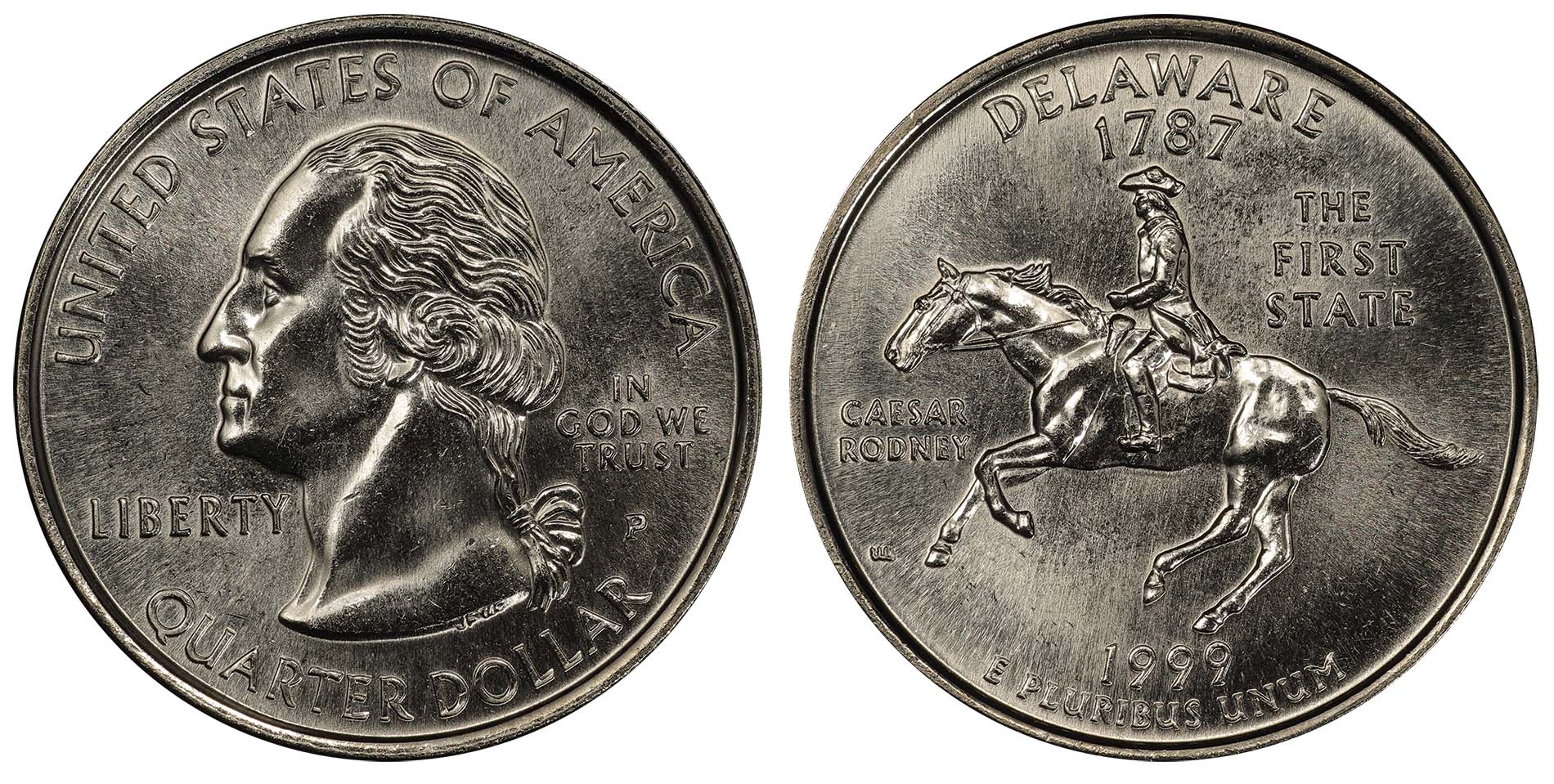

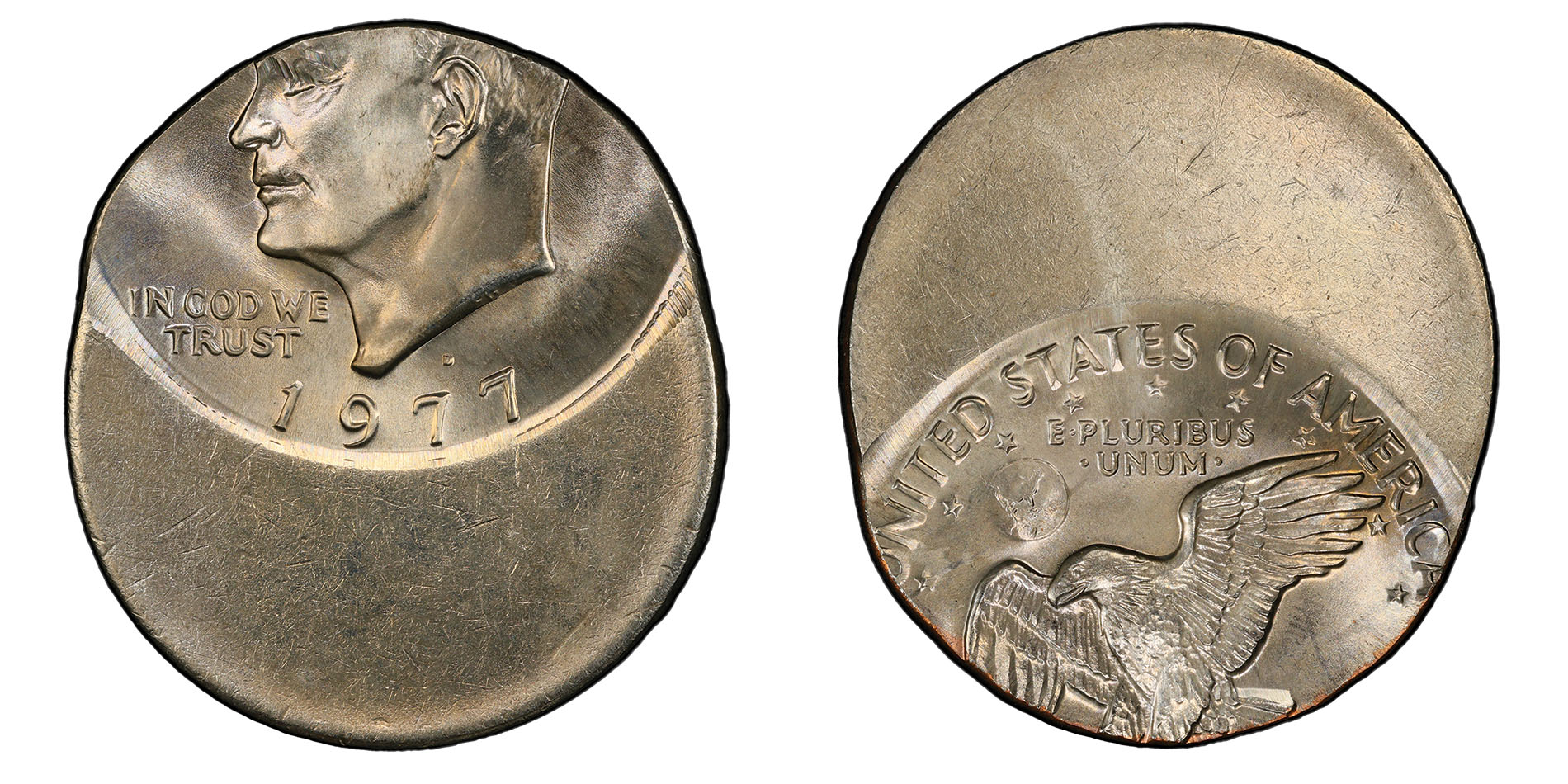
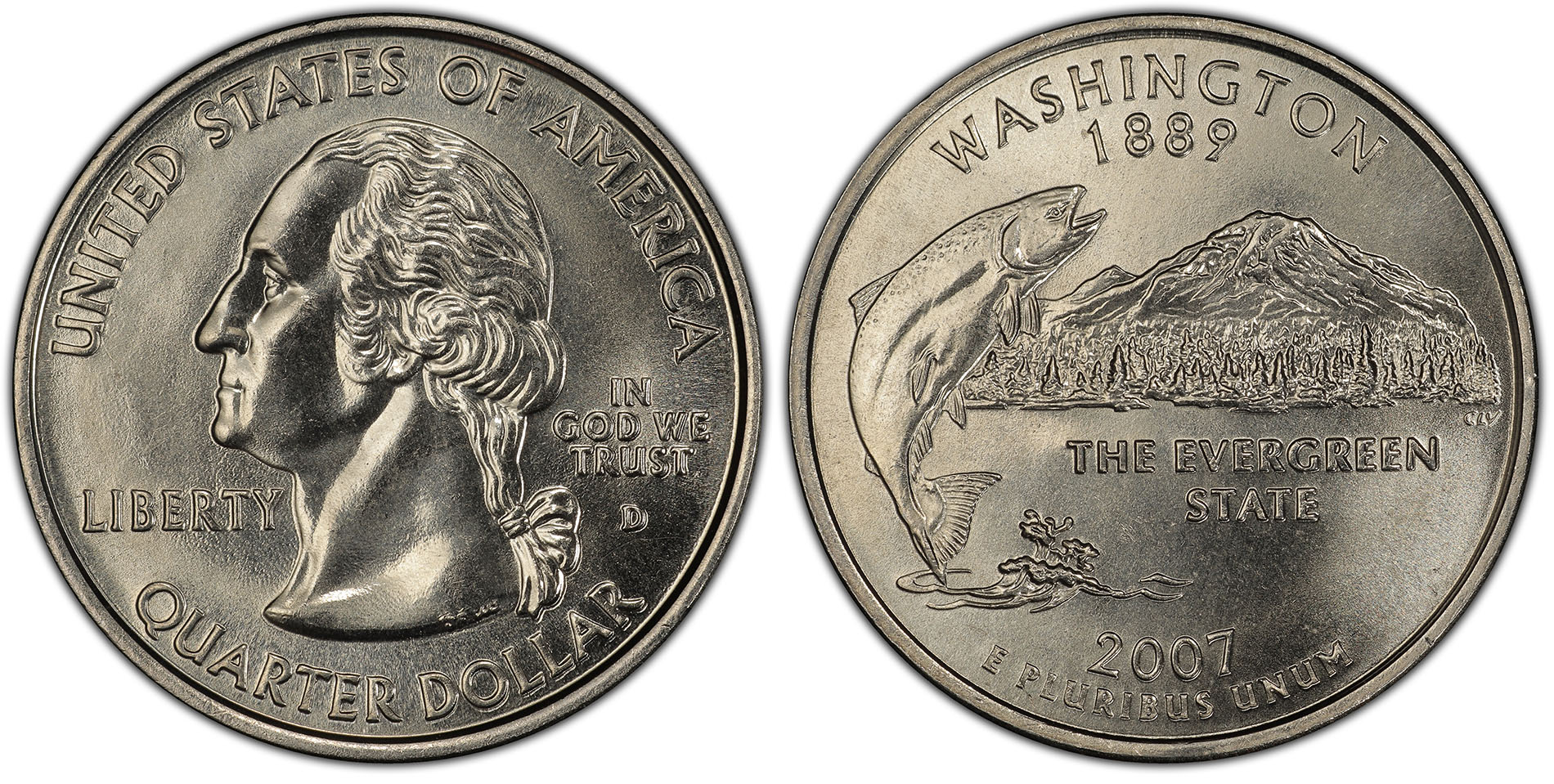

 Copper & Nickel
Copper & Nickel
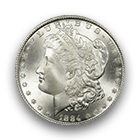 Silver Coins
Silver Coins
 Gold Coins
Gold Coins
 Commemoratives
Commemoratives
 Others
Others
 Bullion
Bullion
 World
World
 Coin Market
Coin Market
 Auctions
Auctions
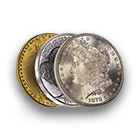 Coin Collecting
Coin Collecting
 PCGS News
PCGS News